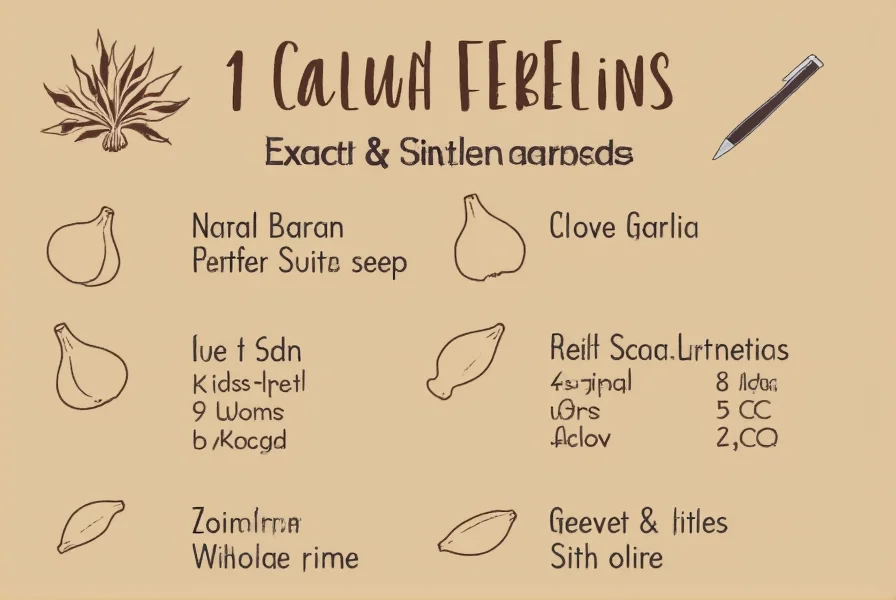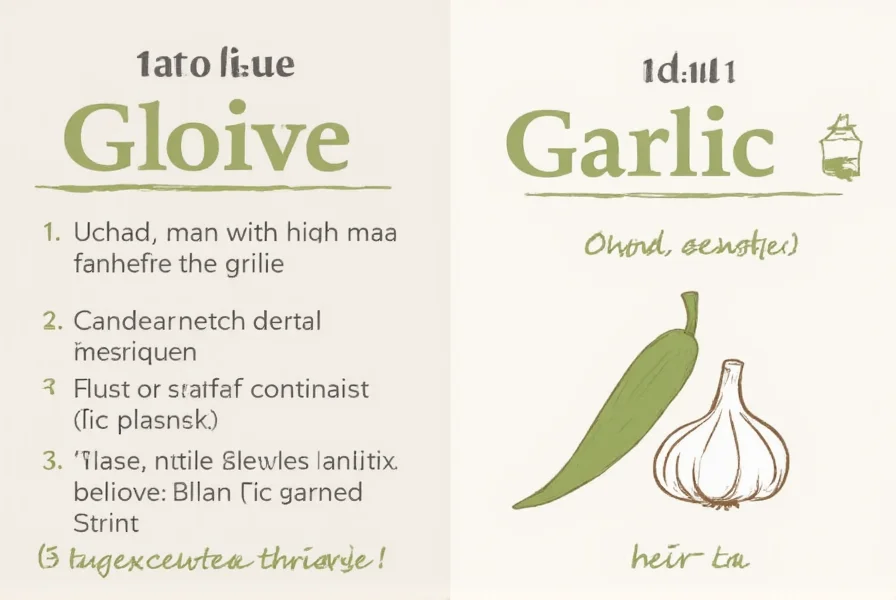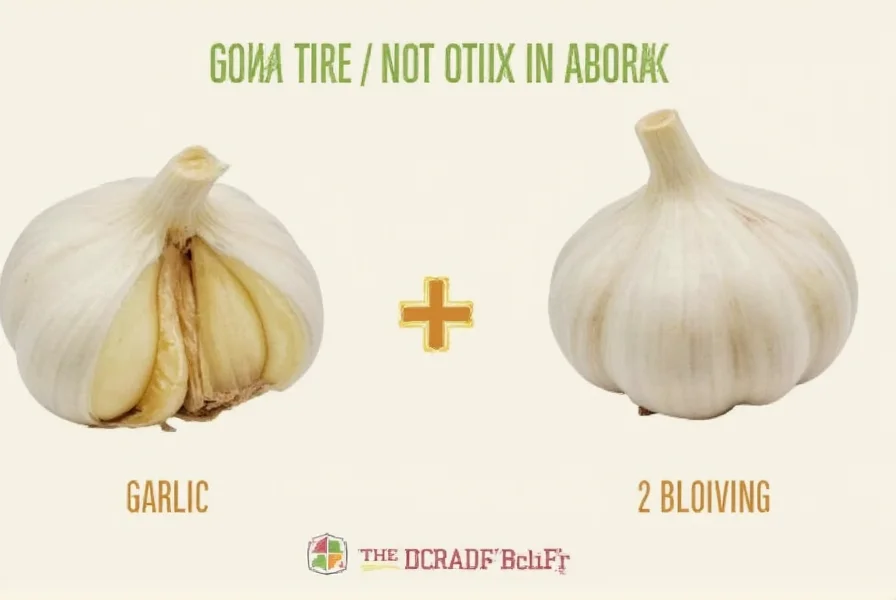Understanding precise garlic measurements is crucial for achieving balanced flavors in cooking. Many recipes specify “1 clove garlic” without providing equivalent measurements, leaving home cooks wondering about proper substitutions and nutritional content.
What Exactly Is a Garlic Clove?
A single garlic clove is one segment from a whole garlic bulb, which typically contains 10-12 individual cloves. Cloves vary in size depending on the garlic variety and growing conditions. When recipes call for “one clove,” they generally refer to a medium-sized clove weighing between 4-7 grams.
| Garlic Form | Equivalent to 1 Medium Clove | Weight |
|---|---|---|
| Whole fresh clove (peeled) | 1 clove | 4-7g |
| Minced garlic | 1/2 teaspoon | 2.5g |
| Chopped garlic | 1/2 tablespoon | 3.7g |
| Garlic powder | 1/8 teaspoon | 0.6g |
| Garlic salt | 1/4 teaspoon | 1.2g |
Nutritional Profile of a Single Garlic Clove
Despite its small size, one garlic clove packs a nutritional punch. A medium clove (approximately 5 grams) contains:
- Calories: 4.5
- Carbohydrates: 1g
- Protein: 0.2g
- Fiber: 0.1g
- Manganese: 2% of daily value
- Vitamin B6: 1% of daily value
- Vitamin C: 1% of daily value
- Selenium: 1% of daily value
Garlic's true value comes from its bioactive compounds, particularly allicin, which forms when garlic is chopped or crushed. This compound gives garlic its distinctive aroma and provides most of its health benefits.

Practical Cooking Applications
Knowing how to properly use one garlic clove can transform your cooking. For most savory dishes, one clove provides subtle garlic flavor without overwhelming other ingredients. When recipes call for “1 clove garlic,” follow these guidelines:
- Sautéing: Mince the clove and add to hot oil for 30-60 seconds before adding other ingredients
- Roasting: Leave whole and toss with vegetables for milder flavor
- Raw applications: Finely mince or press for dressings and marinades
- Substitutions: Use 1/2 teaspoon minced garlic from a jar when fresh isn't available
Chefs recommend adjusting garlic quantities based on personal preference and the specific dish. Delicate fish dishes might benefit from just half a clove, while robust pasta sauces could handle two or three cloves.
Health Benefits of Regular Garlic Consumption
While one clove provides modest nutritional value, regular consumption of garlic offers significant health benefits supported by research. The compound allicin, formed when garlic is crushed, demonstrates:
- Antimicrobial properties that may help fight infections
- Potential cardiovascular benefits including modest blood pressure reduction
- Anti-inflammatory effects that may support immune function
- Possible cholesterol-lowering effects with regular consumption
For maximum health benefits, let minced garlic sit for 10 minutes before cooking to allow full allicin development. Consuming one to two cloves daily as part of a balanced diet provides these benefits without causing digestive discomfort for most people.

Storage Tips for Individual Garlic Cloves
Once separated from the bulb, individual garlic cloves have a shorter shelf life. To maximize freshness:
- Store peeled cloves in an airtight container in the refrigerator for up to 1 week
- Submerge minced garlic in olive oil and refrigerate for up to 3 days
- Freeze individual cloves on a baking sheet, then transfer to freezer bags for up to 6 months
- Never store garlic in water at room temperature due to botulism risk
For best flavor, use freshly peeled garlic rather than pre-minced products when possible. The enzymatic reaction that creates garlic's distinctive flavor begins immediately after peeling.
Frequently Asked Questions
How much jarred minced garlic equals one fresh clove?
One-half teaspoon of jarred minced garlic equals one medium fresh garlic clove. Keep in mind that jarred garlic often has a slightly different flavor profile and may contain preservatives.
Can I substitute garlic powder for one fresh clove?
Yes, use 1/8 teaspoon of garlic powder to replace one fresh garlic clove. Remember that garlic powder has a more concentrated flavor, so start with less and adjust to taste, especially in delicate dishes.
Does the size of the garlic clove significantly affect recipe outcomes?
Yes, clove size can vary dramatically. Small cloves may weigh just 3g while large ones can reach 10g. For precision cooking, especially in baking or delicate sauces, consider weighing cloves or using minced garlic measurements rather than counting cloves.
How do I convert “1 clove garlic” to tablespoons for recipe scaling?
One medium garlic clove equals approximately 1/2 tablespoon of chopped garlic. When scaling recipes, remember that garlic flavor intensifies during cooking, so doubling the quantity doesn't necessarily mean doubling the flavor impact.
Is one garlic clove enough for health benefits?
While one clove provides some benefits, research suggests consuming 1-2 cloves daily provides more significant health effects. The active compound allicin works best when consumed regularly as part of a balanced diet rather than as an occasional large dose.











 浙公网安备
33010002000092号
浙公网安备
33010002000092号 浙B2-20120091-4
浙B2-20120091-4